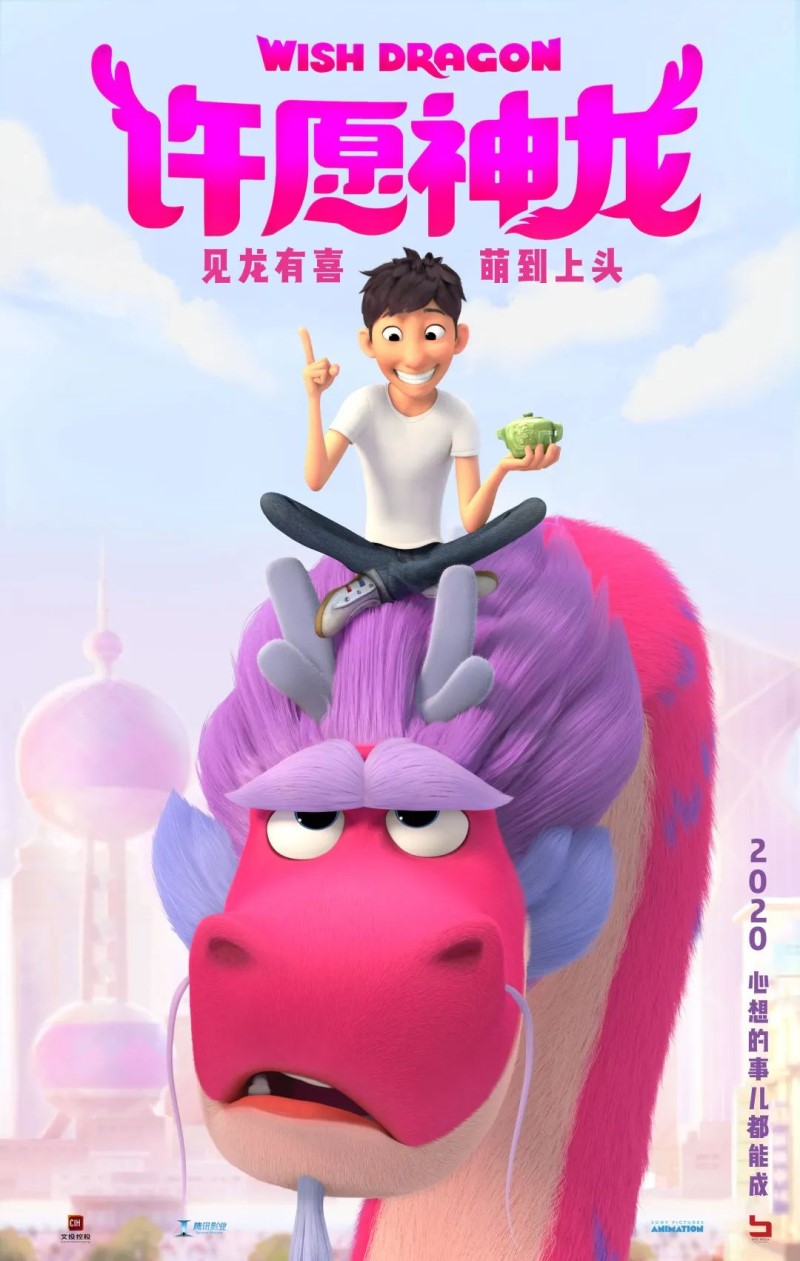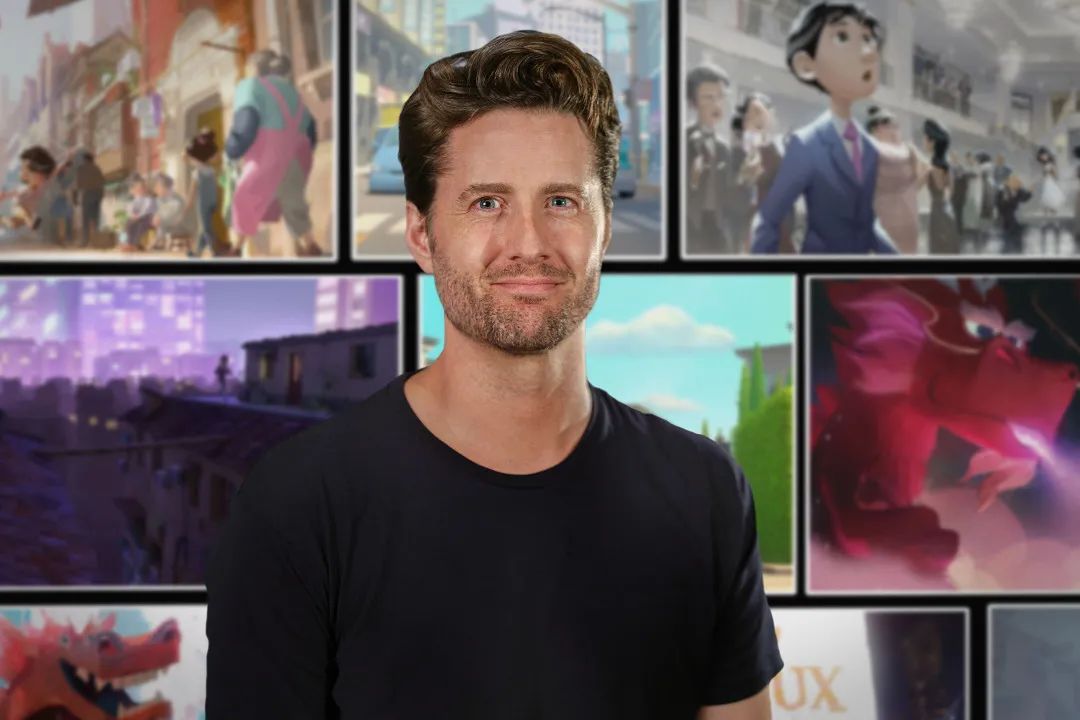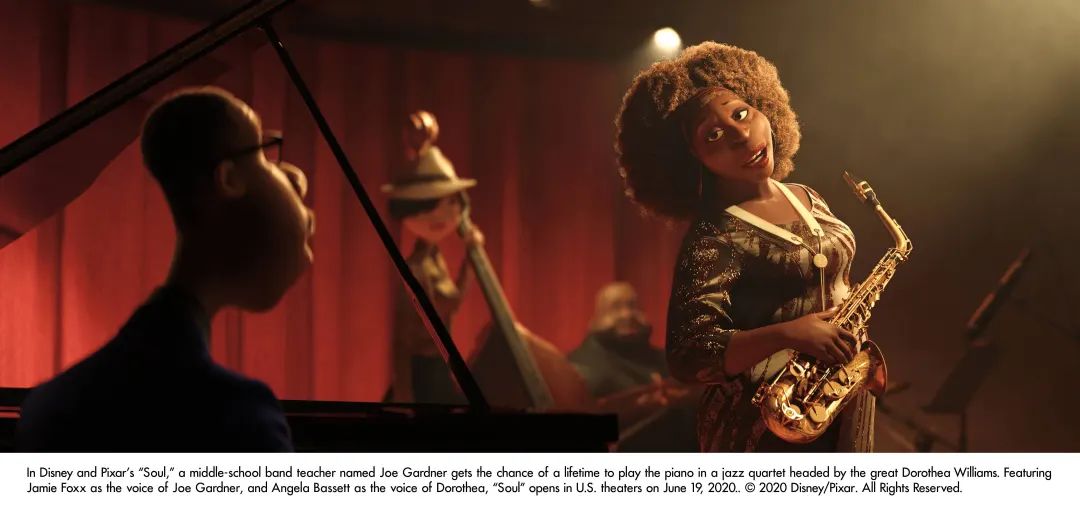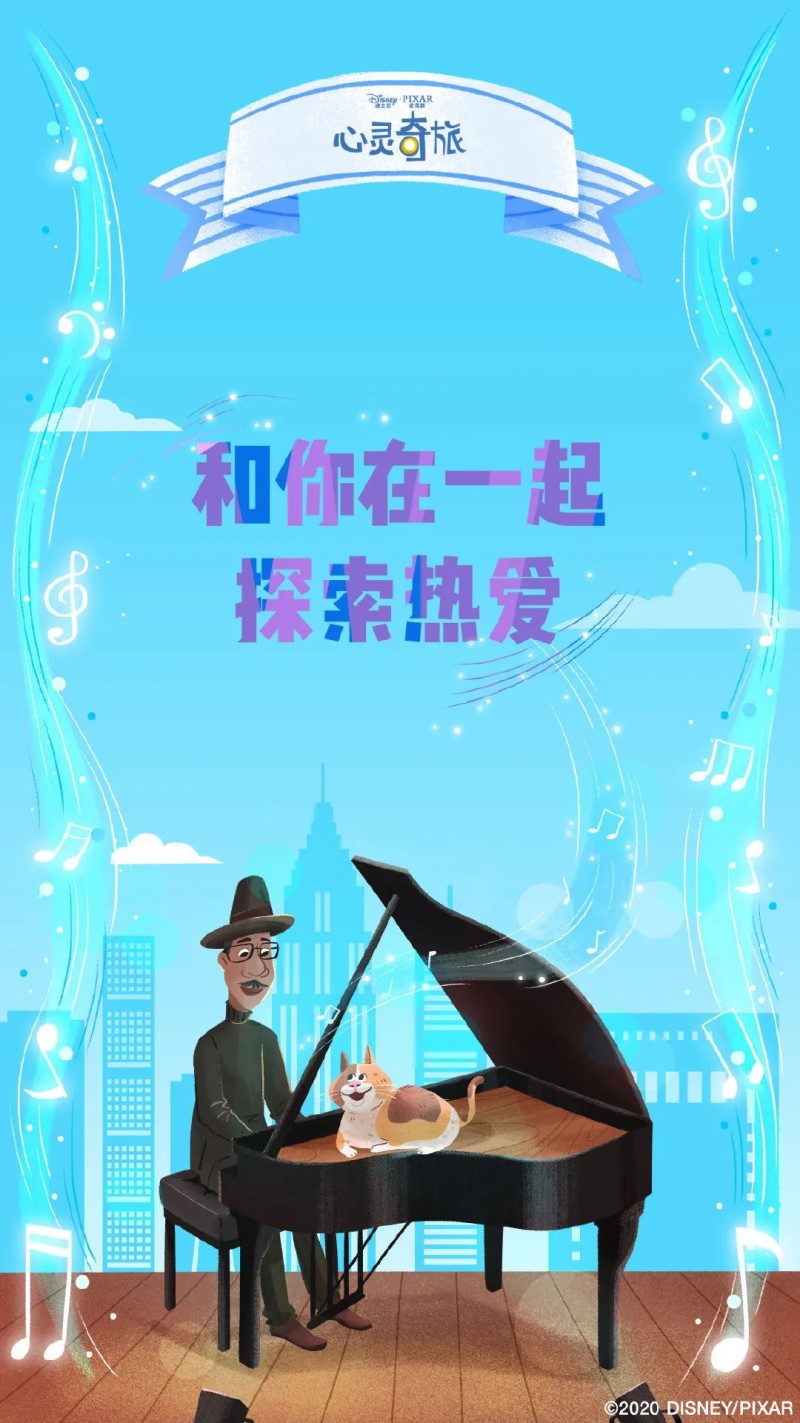2020-07-31
SIFFORUM| Animation: How to Know Real World in Imagination
Today\'s SIFFORUM focuses on the creation of animated films. The creators of the two animated films, Wish Dragon and Soul, have shared their creative experiences and insights around the theme of "Creative Storytelling and Expression of Emotion in Animation Filmmaking", and brought practical inspiration to the peers and audience that animation can give people the wings of imagination, but only real can touch people\'s hearts.
Rediscover the world in the goodness of children
Wish Dragon is an animated film set in Shanghai. It tells the story of a fantastic and thrilling journey between Ding Siqi, a young Shanghai boy, and a pink wish dragon. Although the film\'s director and screenwriter Chris Appelhans has been working in Hollywood all year round, he is a true fan of Chinese culture. Referring to the creation opportunity of the Wish Dragon, he expressed his thanks to a close friend he met in Shanghai 15 years ago, and said: "Over the years, I\'ve heard about some of his ups and downs, and I\'ve seen a series of incredible changes in China. To some extent, I suddenly feel that with contemporary China as the background, we can perfectly interpret Aladdin\'s story, a story about three wishes. When you can make a wish and realize any wish, you should immediately decide what is most important to you."
Chris believes that this is a choice that young people across China have to face every day. "They are living in such a rapidly changing and developing country, with so many possibilities and potentials. They need to decide what\'s important to them in life, and how to choose among them to realize their values and choices. With such a unique combination, such a perfect period and core story, I know I have to make such a film."
In order to find the similarities and connections between Chinese children and young people all over the world, Chris took his creative team to the streets of Shanghai, and asked people that: "If you have three wishes that can be realized, what would you wish for?" Chris was impressed by the answers from three of the boys—"The boy standing on the right said without hesitation: "I hope I have a BMW and a game console, and I hope I can live in a big house in Pudong.’I thought, well, he knew what he wanted.\' The boy on the left gave a very sweet answer: "I want world peace." Although this is a bit like the "correct answer" that the children think, the boy standing in the middle pondered for a long time. I can see that he is really confused, and I almost want to tell him that in fact, I can\'t help him realize this wish. It\'s just a question. But in the end, he told me: "I hope my parents are younger so that I can stay with them longer and they can spend more time with me." I thought at that time that what a sweet and profound wish he had just made.”
"It really makes me imagine this child\'s life in China in the next ten years, and this very kind-hearted child is going to the world with all the challenges, hopes and dreams. I think I\'m going to write a story for such a person. I want to make this film, so that when such a child sees this film, it can give him some hope and confidence in the world." Chris said. This is also the concept that Chris has been adhering to in his creation for many years. He added: "I think the most powerful thing about films and stories is that they connect us. They allow us to see the world through other people\'s eyes and to understand our own lives. You can find your own life in other people\'s lives, you can learn, you can get inspiration, and you can get comfort from it."
As for Chris\'s ultimate pursuit of emotional resonance, Aron Warner, the producer of Wish Dragon and a well-known Hollywood producer, also agreed him and said: "One of the secrets of making a good animated film is to walk in and understand the story you are going to tell, so as to ensure that the story you tell can connect with the audience. These stories can be popular and humorous, with emotions that can be recognized. It\'s all about knowing yourself in the films, and it can make the audience feel the same and have emotional resonance. I think that\'s what makes a great animated film."
"Soul" can be "drawn"
Soul is an animated film produced by Walt Disney Pictures and Pixar Animation Studios to be released worldwide this fall. The film tells the story of Joe, the hero who has long dreamed of becoming a jazz pianist, meets the world-weary soul 22, and they return to the real world to find the meaning of life. Such a plot can easily remind the audience of Pixar\'s another blockbuster film, Coco. Both of them use the "soul" to complete a self-dialogue of the characters.
Pete Docter, the director of the film, is the chief creative officer of Pixar Animation Studios. His animated films such as Monsters, Inc., Up and Inside Out have also set good reputation and box office records. However, as for the creation of Soul, he said that it originated from the "doubt" of himself. He said: "I have always felt that creating animated films is my destiny, but sometimes, I would hesitate to doubt: is animation really my pursuit in my limited life?" He believes that people\'s soul can determine a person\'s personality, hobbies and even fate. "Although it sounds like I\'m talking about a big concept, in Pixar, we will do similar thinking and exploration in any filmmaking. That\'s why Pixar\'s films would be unique and deeply rooted in the hearts of the people."
However when he started to create, Pete found that "Soul" was difficult to be "drawn". "If we\'re going to make a film about the soul, the first question we\'re going to face is what does the soul look like? Therefore, we have done a lot of research. We have studied the philosophical thoughts of many schools and studied many traditions. There are several common ways to describe it: like smoke, like fog, non-material form, no fixed form, breath and air. They all sound interesting, but they are not helpful to our creation. How can we draw air? If we want to show it on the screen, we have to draw it.
Dana Murray, the producer of Soul, revealed that many Pixar artists have contributed their unique ideas to the question of "what does the soul look like", but they have not found a suitable solution. "We hope to present a more humanized form, and hope that it has easily distinguishable facial features and can convey expressions and emotions. It can not only reflect the uncertainty of form, but also have a face." The creative team has also tried different colors to express the rich levels of "soul", and even developed an "unprecedented" line drawing technique, and finally completed the screen image of "soul".
However, in Pete Docter\'s view, these efforts are only the first step of creation, and the characters and stories are the essence of the works. He said: "Our leading roles must live a real life". Then, the creative team began to give life to the characters, such as making Joe "a musician." Kemp Powers, co-director and screenwriter of the Soul, revealed that in order to make the characters more vivid, he wrote some of his own personal experiences into the script, and visited barber shops, tailor shops, schools, jazz clubs and did a lot of field research. He added: "For me, Joe\'s life is concrete and most resonant, but to create any story, we need to transcend the simple personal experience and reach a higher level. Therefore, we need to make the story more extensive." It is this method of dealing with both the virtual and the real that makes the film reach a balance, which can not only make the audience clearly associate with the real things in the real world, but also feel the unprecedented novel experience.
Finally, Pete also kept the Chinese audience in suspense. He said that this "Soul" not only explored the life and dream of the hero Joe, but also led the audience to complete a self-exploration of life. "If you want to know how you came to the earth and what the mission of your birth is, the film Soul may give you the answer."















